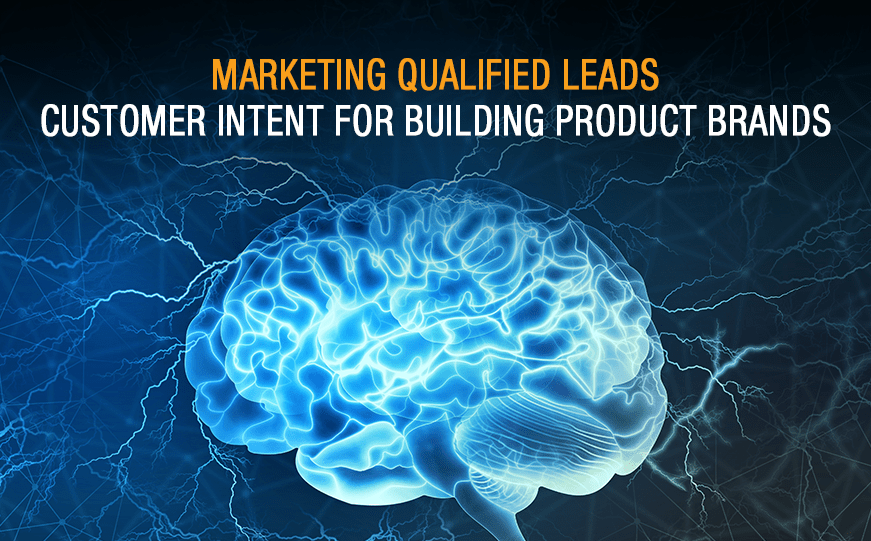Understanding customer intent is the holy grail for businesses across all sectors… including the builder products industry.
Artificial Intelligence stands poised today, to revolutionize how brands connect with their customers… providing unprecedented insight and personalization. At its global product drop event last week, Visa Chief Marketing Officer Frank Cooper III envisioned a very near future – in which AI agents will be doing our shopping for us – from browsing to selection and even purchase.
The company unveiled the Intelligent Commerce initiative, which provides tools for AI developers – and the use of its payments network – to build commerce capabilities. At a keynote session titled “AI Agents: Culture, Commerce and Brands in an AI World” Cooper’s big takeaway was that companies disregard marketing qualified leads… at their own peril.

A marketing qualified lead (MQL) is a prospect who’s responded to a marketing campaign. AI-assisted approaches to marketing create a sheer volume of data – and as such, it’s easy to lose leads – in those mountains of information.
The solution? An ongoing need for understanding customer behavior… and decision-making processes.
Personalization Fueled by AI
Traditionally, marketing has struggled to fully grasp the nuances of customer behavior. Even with advancements in technology, true personalization has often remained elusive. While data-driven marketing has brought improvements, there is still a significant gap between perceived and actual personalization.
AI technologies offer a new path forward. By deeply analyzing search data, brands can gain a more precise understanding of customer intent. Natural language processing (NLP) tools are becoming increasingly accessible – allowing brands to enhance their website search functions – and match questions with nuanced answers.
And as a bonus – by employing NLP techniques to identify patterns in search data – businesses can determine commercial needs more accurately. This allows for the creation of early-detection systems for fluctuating user wants. And needs.
Leveraging Conversational Data Is the Next Step
The real shift in marketing lies in leveraging “conversational” data. User interactions with AI tools reveal a multitude of conscious and unconscious signals about their needs, behaviors, preferences and stage in the buying cycle.
By analyzing these conversations, brands can gain deeper insights… than those gleaned from search data alone. As well as the ability to compare user questions – and conversations with LLM responses – to better determine customer intent. Advanced machine learning applications can help create detailed customer personas… enabling more precise actions and responses.
For businesses in building material sales, this translates into creating more engaging front-end experiences on websites and landing pages. Training and refining a LLM with a brand’s voice ensures consistent and effective communication. The key is to interpret customer intent signals – in real-time and offer experiences tailored to their specific stage – in the buyer’s journey.
Armed with a precise view of customer needs and intents, brands can utilize AI to deliver personalized experiences on a scale. In fact, there are proprietary machine-learning algorithms that transform websites into conversion sites… the beginning of a new era of AI personalization. As AI technology advances, a growing number of executions and applications will allow marketers to better anticipate audience needs.
The journey to understand and act on customer intent is an ongoing process of innovation and adaptation. Embracing AI tools and strategies will be crucial for businesses aiming to stay competitive. And deliver truly personalized experiences in the future of marketing.
If you’d like to learn more about discerning customer intent – or any other marketing concern – please send an email to Steve at sk@kleberandassociates.com to get the conversation started.




